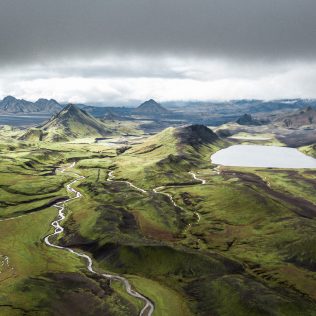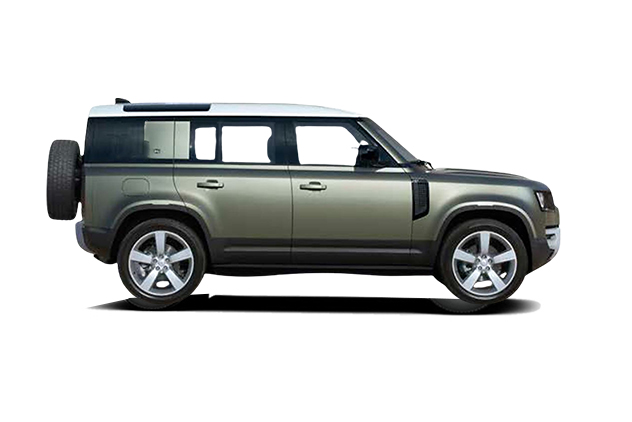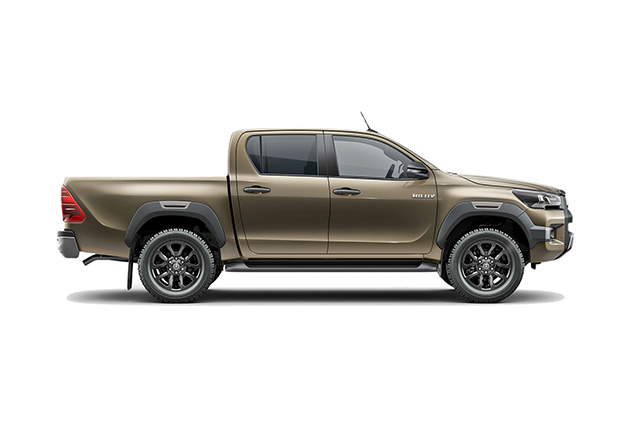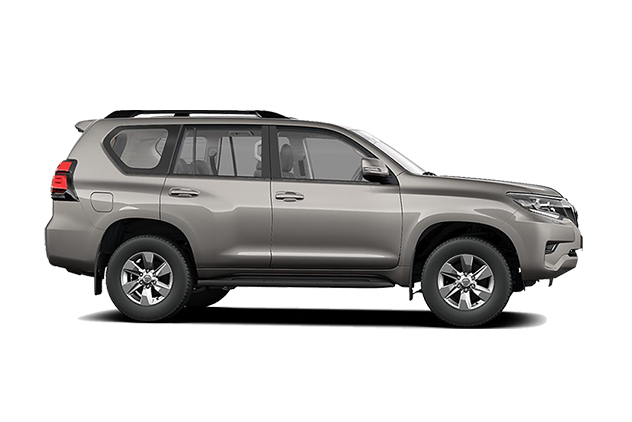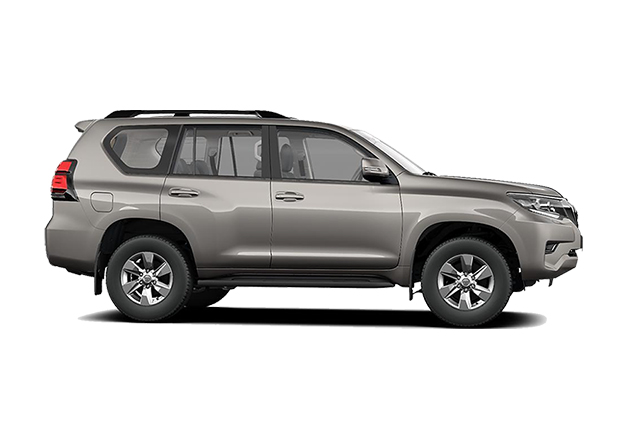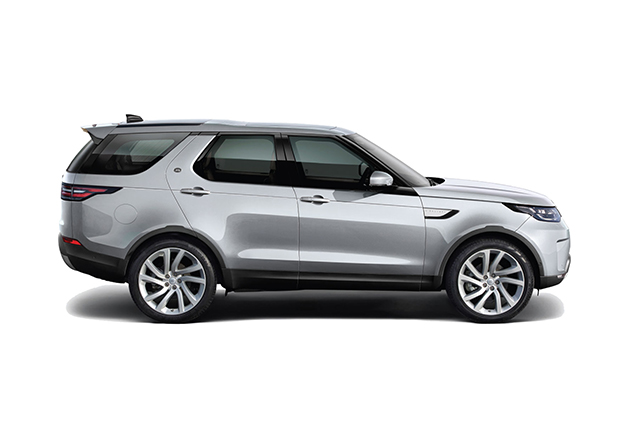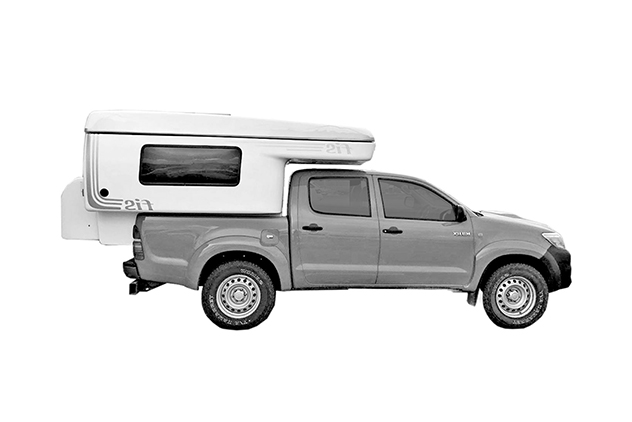Welcome to the land of fire and ice! Iceland is a country of incredible natural beauty, with landscapes ranging from glaciers and volcanoes to waterfalls and hot springs in Iceland. And nowhere is this beauty more apparent than in the highlands of Iceland, also named central highlands.
Located in the center of the country, the highlands are a vast, rugged wilderness that offers some of the most breathtaking scenery you can not see anywhere else on earth in the world. But with no public transportation available and limited tour options, the best way to explore this area is by Iceland rental car.
But you’ll need the proper vehicle to access the highlands, and at some parts of the year, they are entirely inaccessible. In this guide, we’ll look at the best attractions in Iceland’s highlands and provide tips on how to get there with a rental car.
- Related links: Rent a 4WD car for Iceland highland; Iceland travel guides
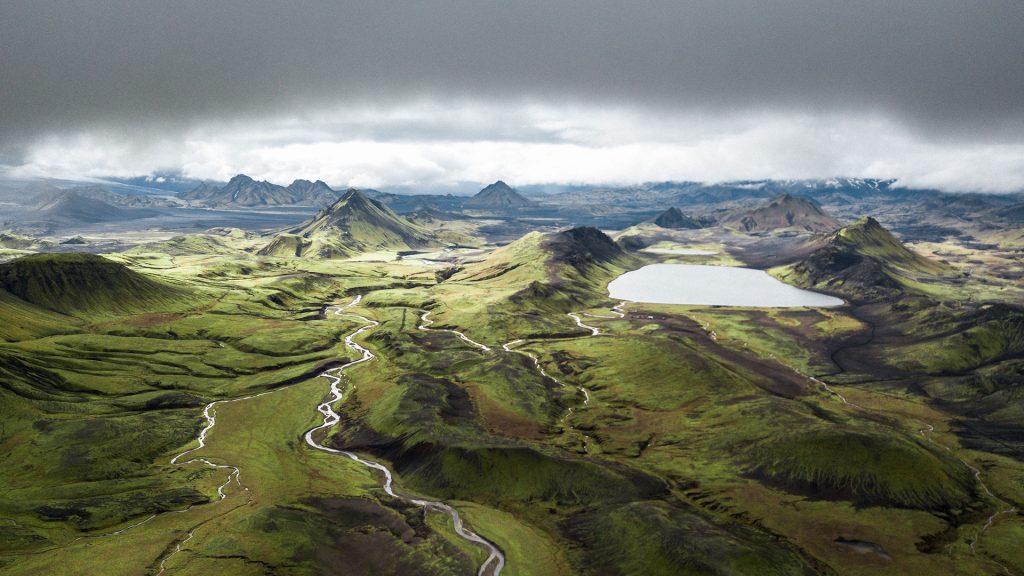
Table of content
- Where are the Icelandic Highlands?
- How to get to the highlands: what are the options?
- What is the best time to visit the highlands-when is the highland roads open?
The 5 best places to visit in Iceland Highlands - Landmannalaugar
- Thorsmork (Þórsmörk)
- Laugavegur Trail
- Kerlingarfjöll and Hveravellir
- Ljótipollur
- Map of the top and other attractions in Iceland’s highlands
- How and where to stay in Iceland’s highlands
- Safety and planning tips for driving the highlands of Iceland
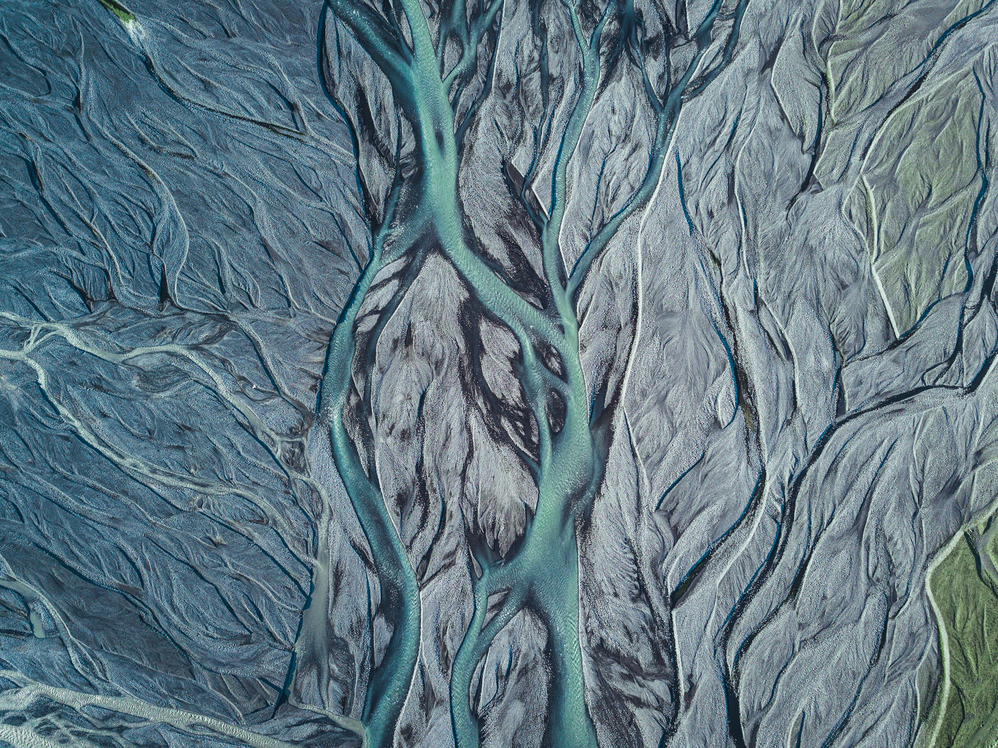
Where are the Icelandic Highlands?
As the name suggests, the Iceland Highlands comprises the more elevated areas of the country found inland from the coast with some active volcanoes. The Highlands make up most of the island, with 40,000 square kilometres of unpopulated land.
It’s actually one of the largest unpopulated areas in all of Europe. Colder temperatures, harsh weather, and almost non-existent infrastructure have left these lands uninhabitable most of the year. But in summer, the Iceland Highlands are a paradise for hikers, campers, and adventurers. They are the beating heart of Iceland, full of raw power and energy, where volcanoes forge new lands and glaciers slowly grind down old ones.
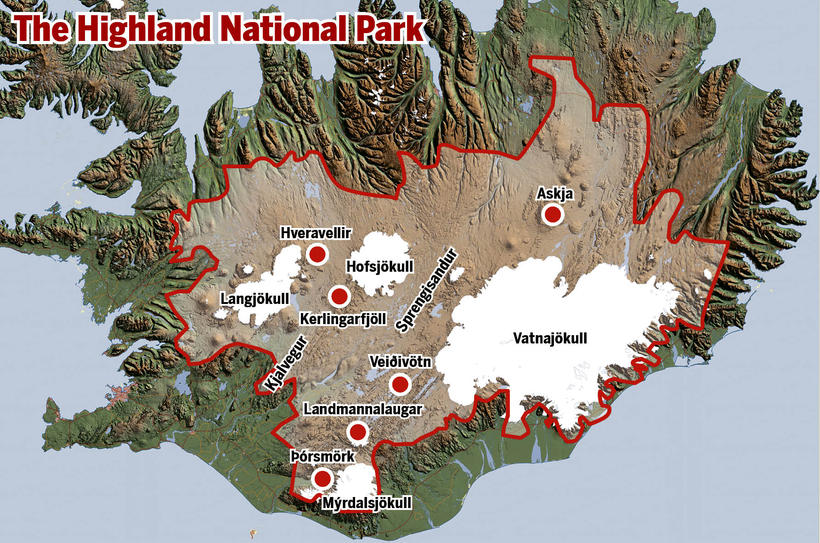
Map/Morgunblaðið
How to get to the Iceland highland?
Best and most flexible way: rent a 4WD SUV car and drive there
Getting to the highlands of Iceland does come with a challenge. The reason that Iceland’s main road, Route 1 or the Ring Road, follows the coastline is that the mountainous highlands are harder to cut through. The roads up here are called Iceland F-roads or mountain roads.
They are gravel roads at best but often come with uneven terrain, potholes the size of craters, and large rocks. To drive the F-roads of Iceland, you need to have a 4X4 diesel or gas SUV as reqired by the Icelandic traffic la. The bigger, the better.
Hybrid vehicles are unsuitable for driving in the Iceland Highlands because of the battery’s position, and navigating f-roads with a 2WD is illegal.
Other ways of getting to the highland
While the best way to access the highlands will always be via a 4×4 rental car, there are a few other ways to get there, A public bus is available that can take visitors in and out of the highlands. It runs once per day from Reykjavik to Landmannalaugar, and although you’re limited to this part of the highlands, it’s an option if you don’t feel comfortable driving.
The third way to get to the highlands of Iceland is via a guided tour. There are both single-day and multi-day tour packages available that depart from Reykjavik.
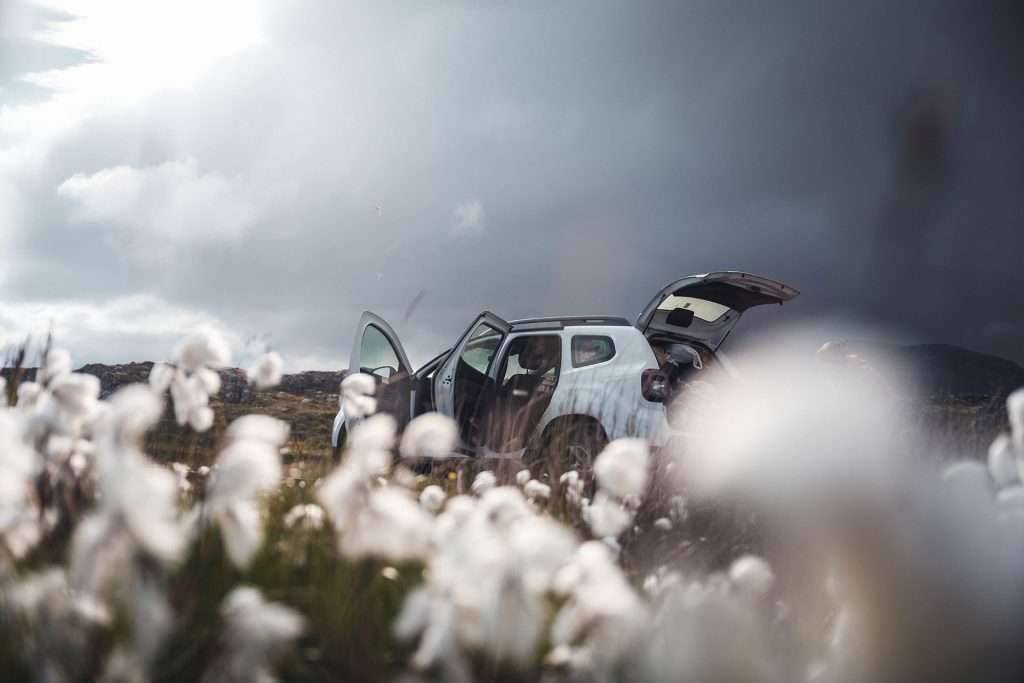
What is the best time to visit the highlands? When will the F roads in Iceland open?
The only time of year you can visit Iceland’s highlands is during the summer, from June to (early) September, when the F-roads are officially open for public access.
The exact opening time and date of the Icelandic F-roads differs year by year, if the weather is pleasant that year, the earliest opening date of the F-roads could be late May, or Early June; but if the weather and road conditions are very unusual, the open date can be postponed until mid-July.
Here is a timetable of the historical F road’s opening date, you can take the median as a reference:
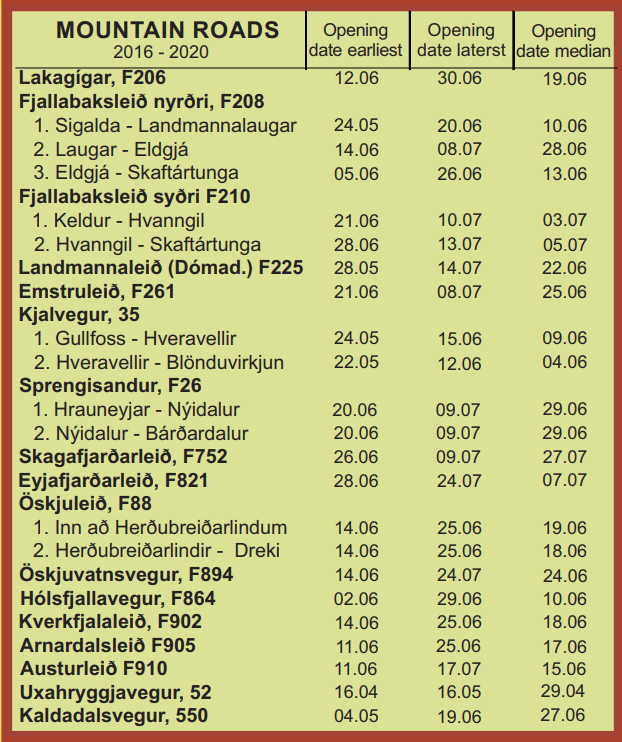
Many outdoor enthusiasts gather in these more remote lands to escape the busyness of Icelands Ring Road since summer is the height of the tourist season in Iceland. Iceland’s highlands are the perfect place to experience a sense of calm and awe while you’re immersed in nature.
While the best time to visit the Iceland highlands is short, the season is controlled by natural forces that we can’t control. The winter snow in these elevated regions entirely covers the F-roads, making them impassable. In the summer, most of the snow usually melts away to create paths that can be strategically navigated with 4X4 SUVs. A few tour operators will still offer tours during winter, but they use modified vehicles that are unavailable for private rental.
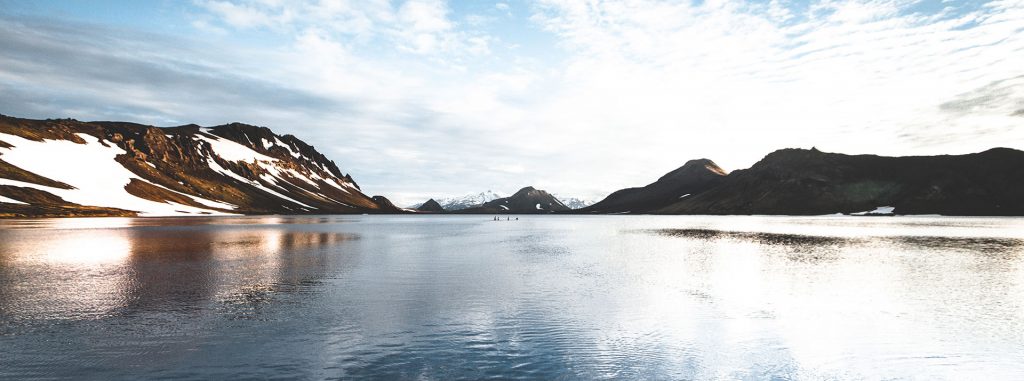
The 5 best place to visit in Iceland Highlands
Iceland’s highlands are almost entirely uninhabited and cover a considerable portion of the country. If you’re driving aimlessly, you can go for hours without seeing much else except black sand deserts and glaciers in the distance. But if you know where to go, this region has many unique natural wonders you won’t see anywhere else. Here are the best things to do in the highlands of Iceland.
Landmannalaugar
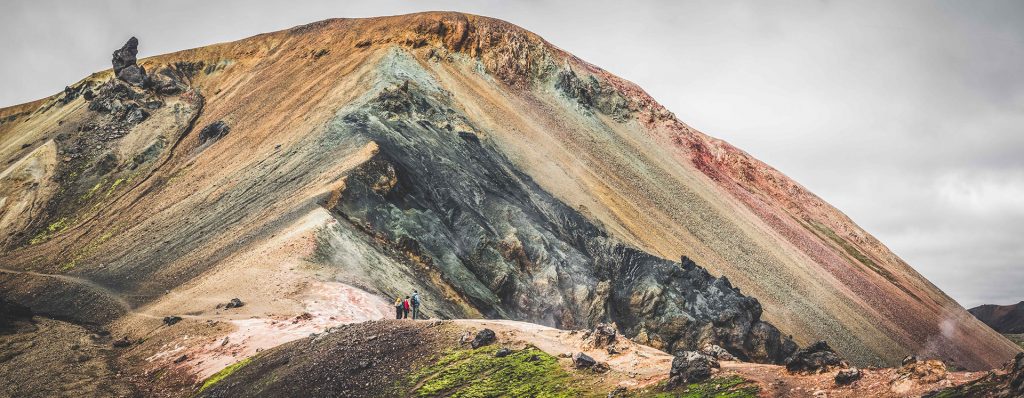
Landmannalaugar is an area in the Fjallabak National Reserve in the southeastern part of the highlands, where you can access from the south Iceland. It’s the most popular access point to the highlands and the location of the public bus stop from Reykjavik.
Landmannalaugar is famous for its impressive rainbow-coloured rhyolite mountains, maze-like lava fields, natural hot springs, and steaming terrain. In this area, you’ll find Brennisteinsalda volcano, with vents that release steam up into the air. There are five glaciers total in Landmannalaugar, which you can get fantastic views of while hiking. We recommend spending 2-3 days here, if possible, to enjoy all the hiking opportunities in the area.
Getting to Landmannalaugar is relatively easy compared to other parts of the highlands. This F-road can still be tricky and requires careful manoeuvring, but most 4×4 cars can make it here. There is a river to cross just before getting to the campground, but you can also park just before the river and walk over if the crossing looks too deep and rough.
Þórsmörk
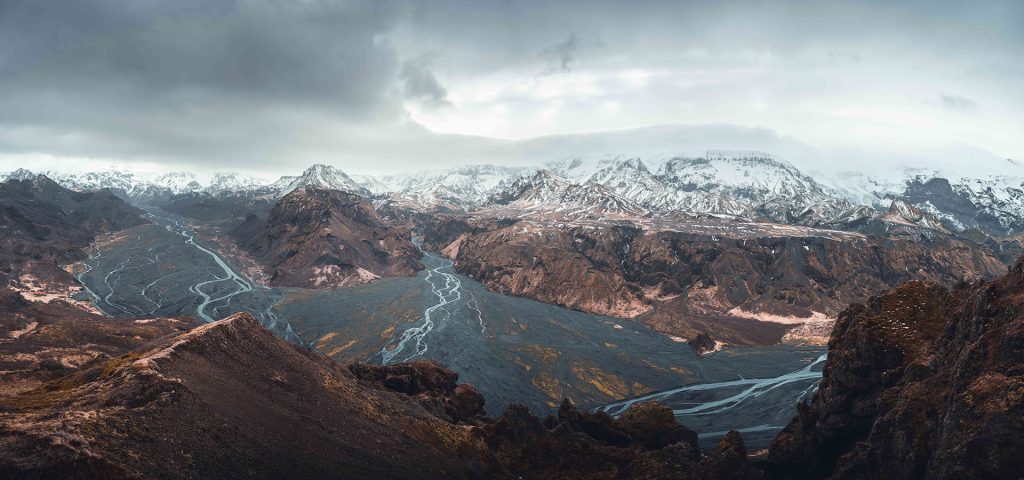
In the southern highlands, you’ll find Þórsmörk, or “The Land of Thor.” This iconic nature reserve is between the Eyjafjallajökull, Mýrdalsjökull, and Tindafjallajökull glaciers, which hide Iceland volcanoes beneath them.
Small forests of birch, moss and ferns grow on the slopes, and river deltas weave their way through the bottom of where three valleys meet. They say that the hammer of Thor once struck these lands, and the landscape cracked into the shape it is today. This is one of the most amazing places on the planet for hikers, with no shortage of peaks, viewpoints and caves to explore.
We recommend spending at least a day here, but the amazing campgrounds will make you want to stay for a few days. You can also book to stay at some of the huts in the area, but you’ll want to book them well in advance since they fill up quickly.
Getting here can be difficult, and you’ll need a sturdy 4X4 to cross the 14 streams and rivers to get all the way into Þórsmörk. As you go on, they get deeper and deeper until the last of them can swallow even the bigger jeeps, depending on what the Iceland weather conditions have been like. You can take the F249 route to Básar Huts, and we recommend stopping there.
Laugavegur Trail
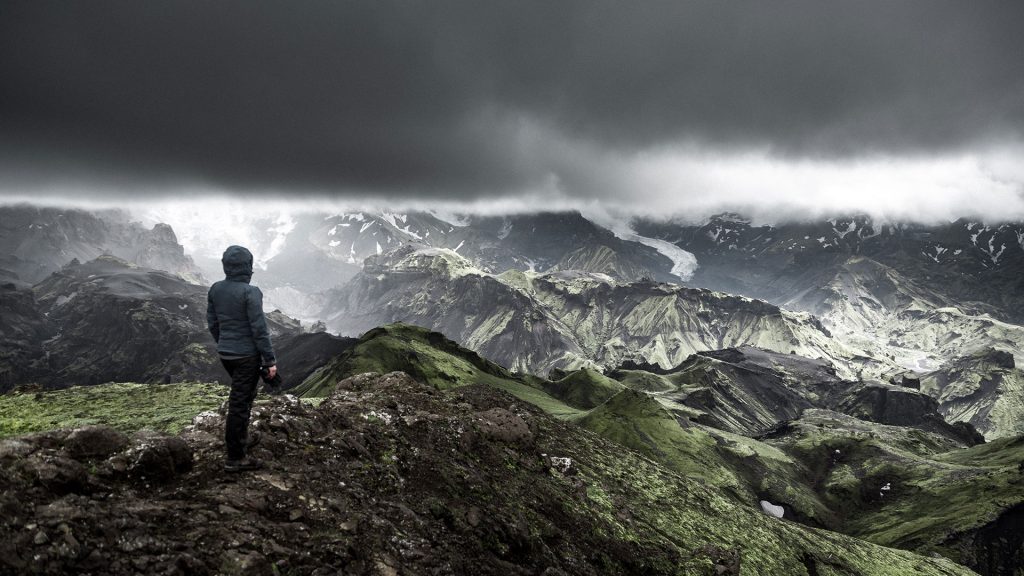
Want to fully immerse yourself in the highland experience? If you drive or take the public bus to Landmannalaugar, you can start the 55 km-long Laugavegur trail. This hike takes between 3 and 5 days to complete, depending on your speed and ends in Þórsmörk.
Hiking the Laugavegur trail enables visitors to access remote areas which are inaccessible by car, with ever-changing landscapes and stunning scenery. This trek is considered one of the best multi-day treks in the world. There are huts every 12-16km where you can camp or book a bed, but you’ll have to bring all your own supplies and food (or book a tour with jeep support that drives it in for you).
Kerlingarfjöll and Hveravellir
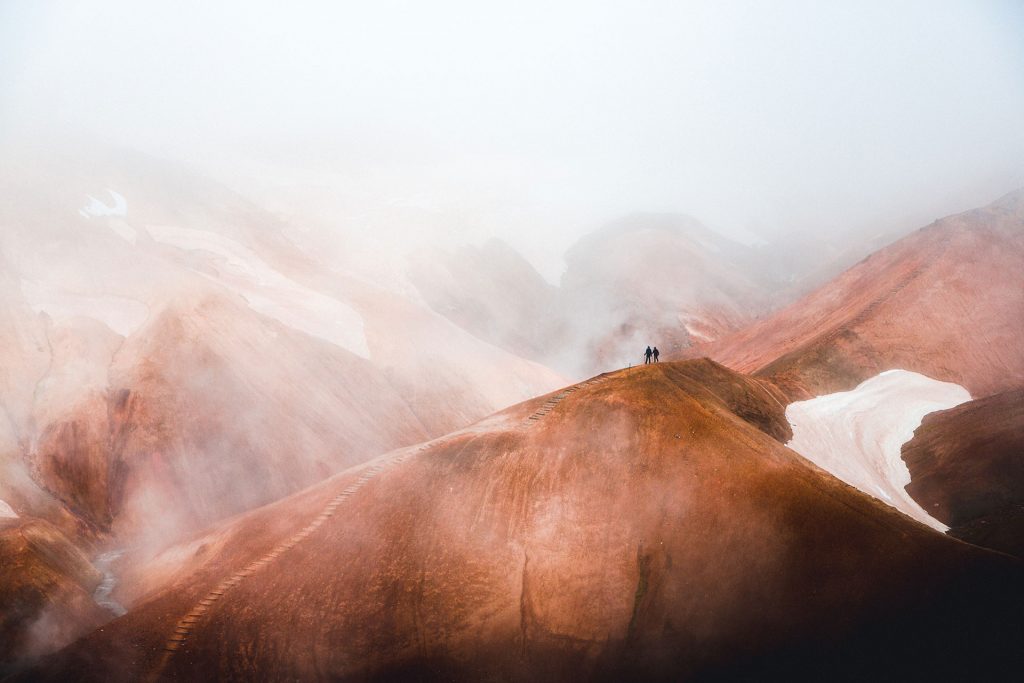
Kerlingarfjöll is a magical mountain range in the heart of Iceland that looks almost otherworldly in appearance, with its Mars-like orange glow. Set between two glaciers (Hofsjökull and Langjökull), this area is a hub of geothermal activity, with rhyolitic domes and calderas caused by past eruptions. Between the mountain range’s peaks, you’ll find the jewel of the region, the Hveravellir geothermal valley.
This valley is full of bubbling mud pots, rivers and hot springs, with the orange mountain range towering around it. There are many hiking trails throughout the valley, including marked and unmarked trails. And no matter what path you take, you’re sure to discover something new. The area also has campgrounds, so you can stay over and try different hiking routes over a few days.
Both Kerlingarfjöll and Hveravellir are in the highlands of central Iceland, and to get there, you will need a 4X4. The F-road leading into the area is F35, which goes straight from north to south. It’s about a 3.5-hour drive total to get here from Reykjavik. Although it’s relatively maintained compared to other F-roads in Iceland, it’s still gravel and extremely rocky in some sections.
Ljótipollur
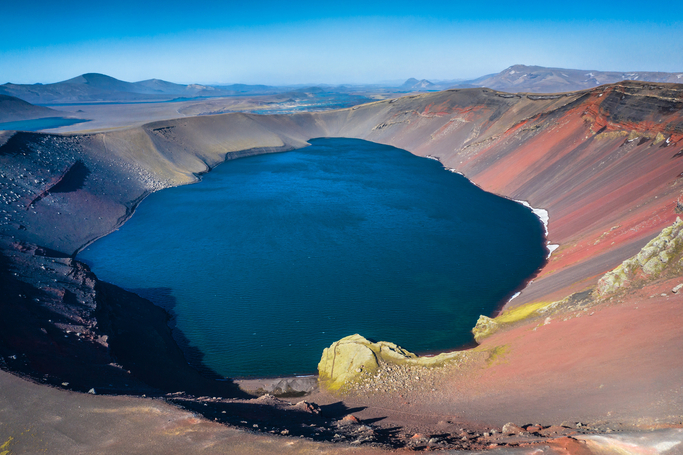
Ljótipollur is a maar, which is a crater lake located within the Veiðavötn volcanic area. While its name translates to “ugly pond,” the reality is that this crater lake, initially created by a volcanic eruption, is one of the most beautiful spots in the southern highlands.
The lake has blue water, contrasted against the red volcanic banks, which feature sparse green vegetation and views of the rhyolite Landmannalaugar mountains. You can hike to the lake from Landmannalaugar, which takes about 4 hours round trip, or park in the nearby parking lot and walk about 5 minutes to reach the crater’s rim.
Map of the top and other attractions in Iceland’s highlands
How and where to stay in Iceland’s highlands
Visiting Iceland in the summer provides the unique opportunity to stay in the highlands, which is impossible the rest of the year. So, we definitely recommend taking advantage of it and staying for a few days. But finding yourself this far away from the inhabited parts of Iceland, there won’t be any five-star hotels or luxurious cabins to rent for the week.
In fact, there won’t be any hotels or guesthouses at all. If you want to stay in Iceland’s highlands, you can either camp in a campervan, tent or book to stay in one of the huts some locations offer. If you want to secure one of the huts, you must book well in advance.
Camping in the highlands is the best way to experience the great outdoors, but you’ll want a robust tent and an extra-warm sleeping bag. Keep in mind that even though the highlands are so remote, you still need to camp in designated campgrounds. But there are many dotted around the region to choose from. In some spots, tent camping will be your only option since even a 4X4 Toyota Hilux camper may be unable to traverse some of the roads and river crossings.
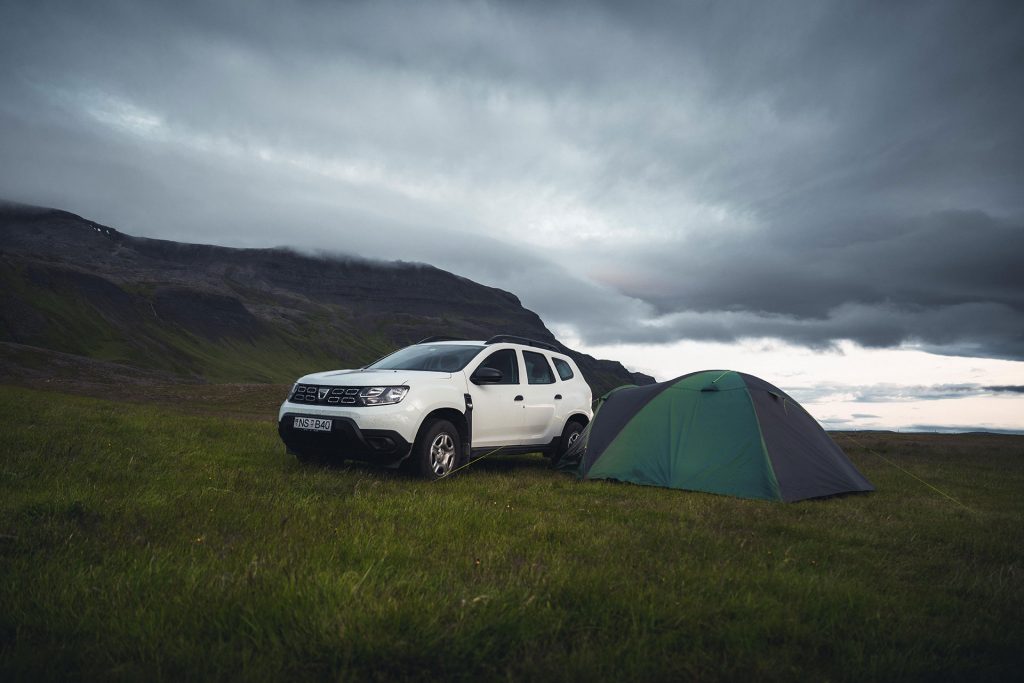
Safety and planning tips for driving the highlands of Iceland
There are some important things to keep in mind before heading out to Iceland’s highlands. The terrain is challenging, so you need an experienced driver and an appropriate rental vehicle before you start your trip. Safety should always be a priority, and there’s nothing wrong with turning back if the road looks too rough for the car or a river is too deep to cross safely. Here are some tips to help plan your highlands trip and stay safe while you’re out exploring:
- Make sure you have a full tank of gas, as there are no gas stations in the highlands.
- Always check the road conditions with local Icelandic people in the area, and never try to drive off-road.
- According to Icelandic law, you MUST have a 4X4 vehicle to drive on the F-roads.
- Bring all your food and supplies with you, as there are no grocery stores to resupply in the highlands.
- There are a lot of glacier rivers in the area, so be prepared for many river crossings with your vehicle. If you NEVER drive across a river, we DO NOT recommend you travel to the highland with a rental car; instead, joining a guided tour would be better for you.
- There are water refill stations throughout the highlands and some of the campgrounds, so you can fill up your water as you go.
- No matter what car insurance Iceland you choose, NO car insurance covers the underbody of your rental vehicle or damage caused by water. For that reason, driving ability must be considered before taking a self-drive drive to Iceland’s highlands.
- Make sure to bring swimming gear, as there are many hot springs that you may want to stop for a dip at.
- The highlands are only accessible with a rental car during the summer when the F-roads are open to the public.
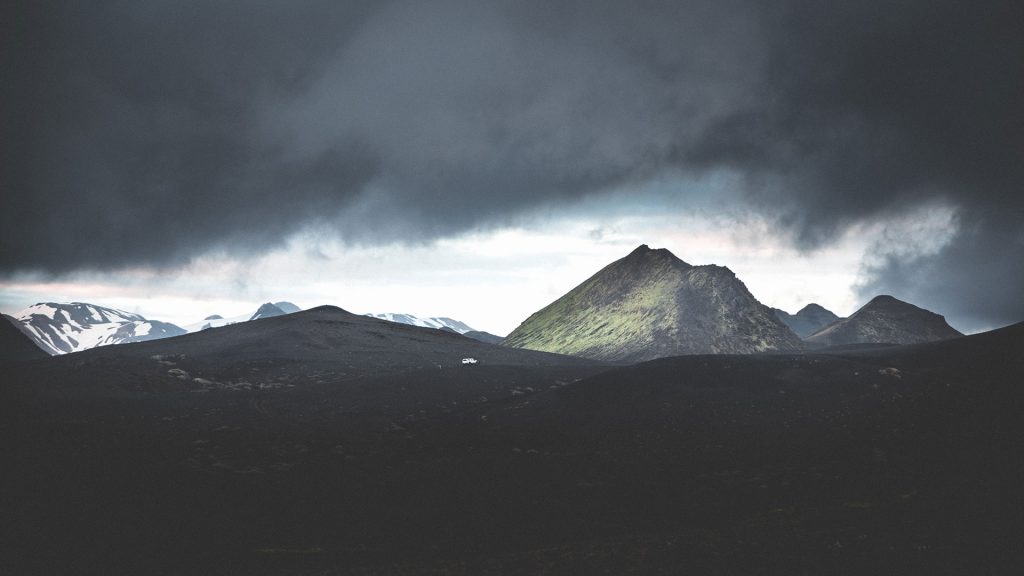
Exploring the Iceland highlands by rental car
If you’re one of the adventurous travellers planning your trip to Iceland’s highlands, get ready for the adventure of a lifetime. The highlands offer some of the most stunning landscapes you’ll ever see and a tranquillity that is hard to find in other parts of the country during the high season.
Renting a car is the best way to explore the highlands, but since only 4X4 vehicles are suitable for driving the F-roads, it’s essential to book your rental car online and in advance to secure one as soon as possible.
